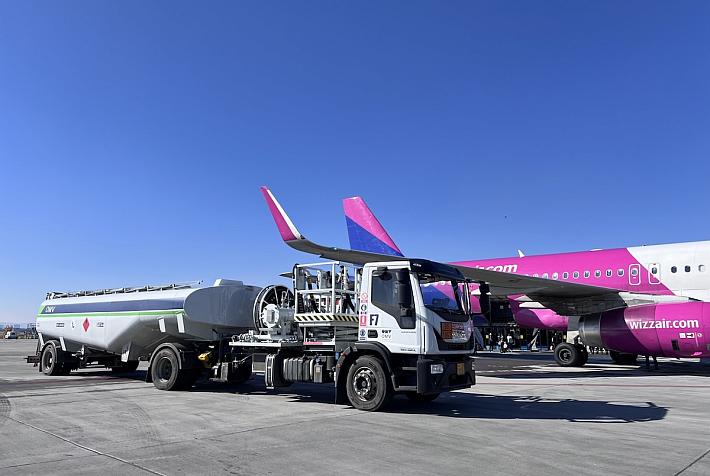Romania’s Govt. expects EUR 850 mln from bank assets tax in 2019

The tax on financial assets will be payable on a quarterly (as opposed to yearly) basis, Romanian prime minister’s advisor Darius Valcov confirmed for Ziarul Financiar daily.
At the same time, Economica.net informed quoting unofficial sources that the Government projected revenues in amount of RON 4 billion (EUR 856 mln) from the tax on financial assets.
Levied over average financial assets of RON 440 billion (EUR 94.2 bln) in 2018 (the basis used for taxation during 2019), the estimated revenues indicate a tax rate of 1.2% (of the assets). This indicates that the Government expects the average ROBOR for the maturities of 3 months and 6 months to remain in the range of 3%-3.5%.
A tax of such magnitude is quite important for the banking system. The return on assets (ROA) ratio was 1.76% in 2017 and 1.30% in 2016 indeed (above the 1.2% financial assets tax), but it means that most of the banking system’s profits would go to the state budget instead of going to the banks’ shareholders.
In their informal comments, Government officials invoked the practice of transfer pricing implying that the foreign banking groups anyway transfer part of their earning derived in Romania to their offshore entities. Notably, the central bank said in a comment earlier this week that the banking system’s profitability is going to decline this year even without supplementary taxation.
Tax on financial assets weakens monetary policy efficiency, Romanian central bank says
editor@romania-insider.com
(photo source: Pexels.com)












